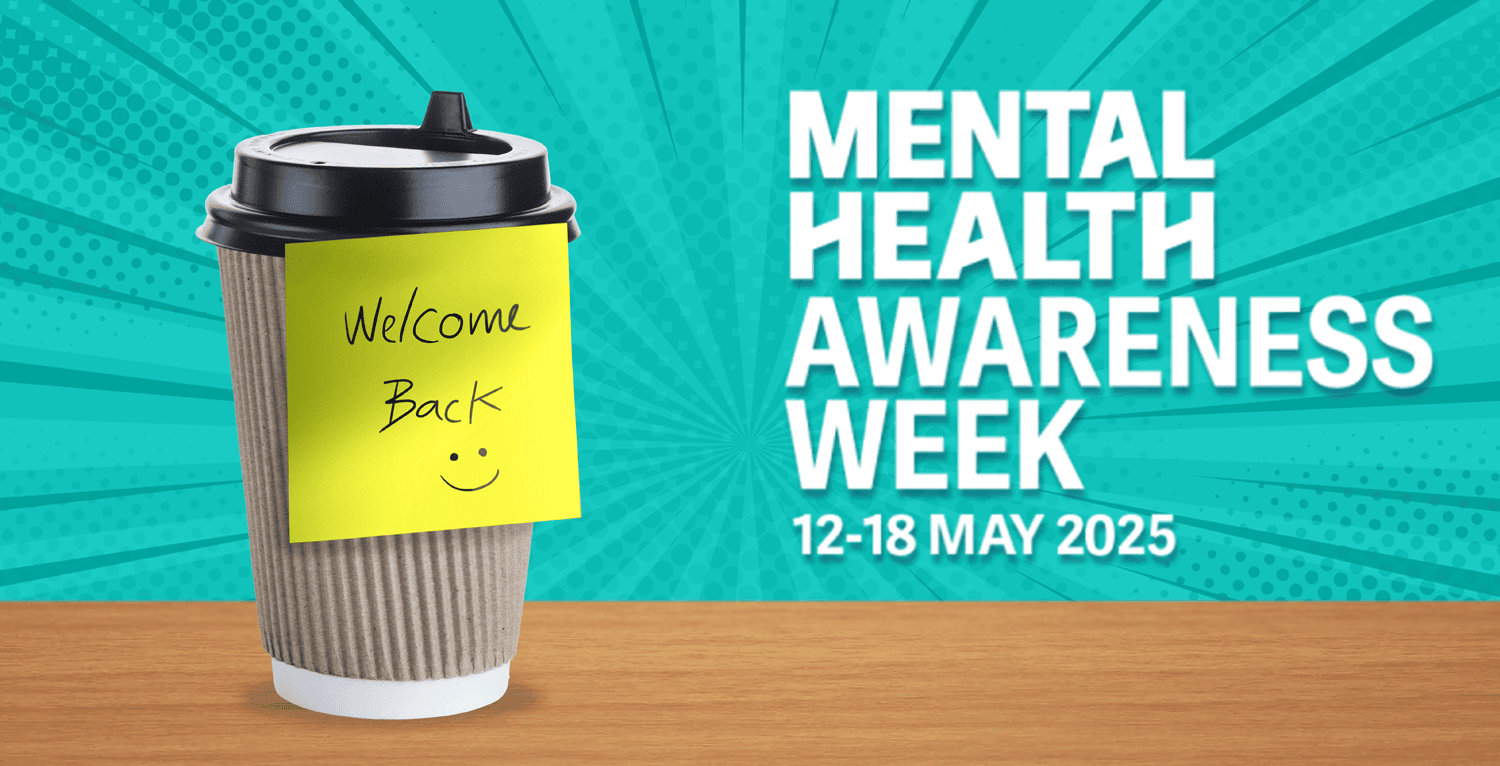Menu

Supporting an Employee Returning from Mental Health-Related Absence
In today’s workplace, supporting employees with their mental health isn’t just a matter of ticking compliance boxes…it’s a moral imperative and a business-critical issue.
According to mental health charity Mind, one in six workers experiences mental health problems such as anxiety or depression. Yet, many employees still feel hesitant to disclose these struggles or take necessary time off.
For those who do take mental health-related leave, the journey back to work can be delicate, and the role of their employer is pivotal in shaping a smooth, supportive return.
When planning for this, leaders need to be considering how they can structure their support before, during, and after the employee’s return to work to ensure that that support remains consistent throughout this process.
Before the Return – Laying the Foundation
The return-to-work process begins long before the employee steps back into the office. Maintaining respectful, open communication during their absence is key, but with mental health this requires a degree of sensitivity.
Some managers may worry that reaching out might feel intrusive or heighten anxiety – this is where clear communication is vital! Ask the employee what they would find helpful. Would they prefer a weekly check-in, or just a simple ‘thinking of you’ message every now and then? It’s about defining expectations rather than assuming.
Where available, Occupational Health professionals can act as intermediaries, helping both parties understand the best route forward. They can assess what reasonable adjustments may be needed and provide reassurance to managers who might feel uncertain about falling into the trap of ‘saying the wrong thing’.
Additionally, consider ways to keep the employee connected without pressure. Invitations to team socials or virtual catch-ups can help maintain a sense of belonging. But again, ask first. What feels inclusive to one person may feel overwhelming to another. It’s not about inclusion by default, it’s about inclusion by design!
During the Return – Supporting the Transition
The actual return to work can be a fragile moment. Structuring a phased return and allowing the employee to gradually ease back in is often a helpful and fruitful approach – in fact, one study found that 70% of employees who had been offered a phased return to work after a leave of absence felt that this facilitated a quicker return to work.
In addition to this, remember that timing is everything. If possible, align the return with the beginning of a new project or work cycle, rather than dropping them into the middle of a chaotic period, as this can offer the mental space to reorient themselves.
On their first day back, be there. Don’t schedule their return for a day when you are working remotely or in back-to-back meetings. A simple ‘Welcome back, it’s really good to see you’ can make all the difference. Don’t overdo it, but don’t underdo it either.
And when it comes to check-ins, think about the quality of your questions. Instead of a generic ‘How’s it going?’, try:
- What went well for you this week?
- Is there anything that made today easier or harder?
- What can I do more or less of to support you?
These kinds of questions invite honest, reflective answers and show that you are actively listening, not just ticking a wellbeing box.
After the Return – Continuing Care
Support doesn’t end after the first week. Continue the regular check-ins, and don’t assume everything is fine just because the employee is physically present.
Encourage ongoing access to resources – whether it’s wellbeing apps, employee assistance programmes (EAPs), or flexible working arrangements. Sometimes, it’s not one big thing but the accumulation of small supports that creates a genuinely mentally healthy work environment.
This can also be a good time for some self-reflection as a leader. Are you role modelling the kind of behaviour you want your team to adopt? Are you taking breaks, setting boundaries, and demonstrating vulnerability when needed? If the work culture itself contributed to the employee’s struggles, are you addressing it?
Finally, it’s important to remember that supporting someone returning from a mental health absence can also be challenging for managers. They may feel pressure to get it right and fear about getting it wrong. It’s essential that managers also have access to support during this process, too.
Helping someone return from mental-health-related absence isn’t about following a script, it’s about compassion, communication, and clarity.
By taking the time to understand what each individual needs before, during, and after their return employers can create workplaces where people not only recover but thrive.
If you would like to discuss how we can help with this, please get in touch with me at anya@orgshakers.com or get in touch with us through our website.



